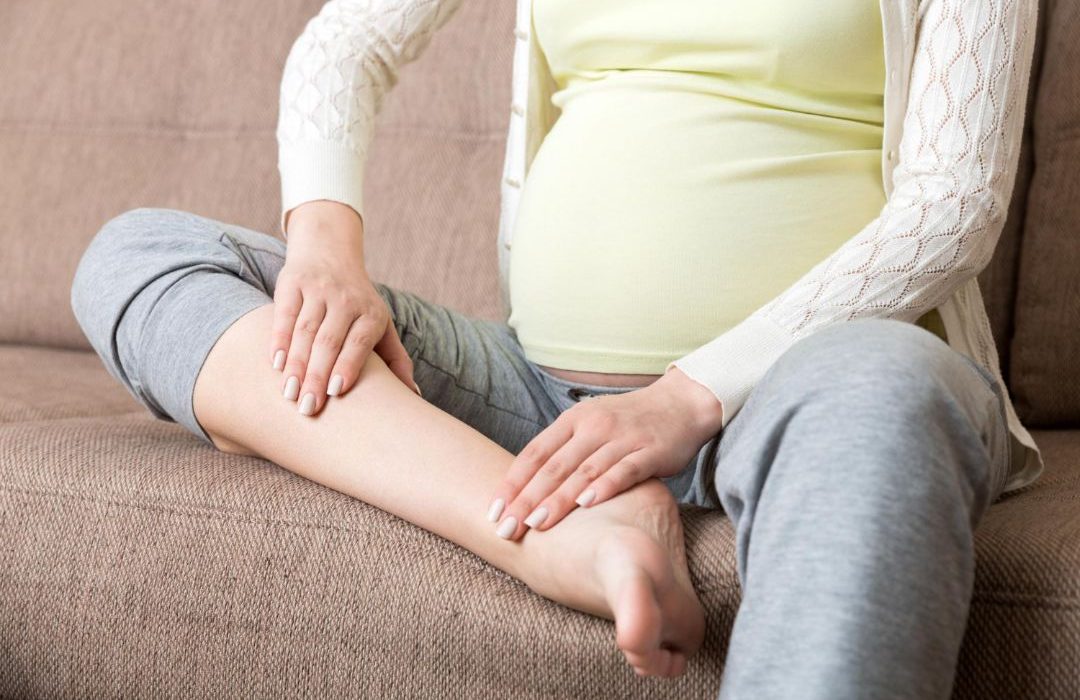Preventing Leg Cramps During Pregnancy: Tips and Strategies

Leg cramps are a common discomfort during pregnancy, often striking at night and disrupting much-needed rest. While the exact cause of pregnancy-related leg cramps isn’t fully understood, factors like weight gain, changes in circulation, and pressure on blood vessels and nerves are believed to contribute. Fortunately, there are several strategies you can adopt to help prevent and alleviate these cramps. Here are some practical tips to keep your legs cramp-free during pregnancy.
1. Stay Hydrated
Importance of Hydration
Dehydration can lead to muscle cramps, including in your legs. Ensuring you drink enough fluids throughout the day helps maintain muscle function and prevent cramps.
Tips:
- Aim to drink at least 8-10 glasses of water daily.
- Monitor the color of your urine; it should be pale yellow.
- Limit caffeine and sugary drinks, which can contribute to dehydration.
2. Maintain a Balanced Diet
Nutrient-Rich Foods
Certain nutrients play a crucial role in muscle function and can help prevent cramps. Ensuring you get enough of these can make a big difference.
Key Nutrients:
- Calcium: Found in dairy products, leafy greens, and fortified foods.
- Magnesium: Found in nuts, seeds, whole grains, and green leafy vegetables.
- Potassium: Found in bananas, oranges, potatoes, and avocados.
Tips:
- Incorporate a variety of fruits, vegetables, whole grains, and lean proteins into your diet.
- Consider a prenatal vitamin that includes these essential minerals.
3. Stretch Regularly
Stretching Exercises
Regular stretching can help prevent leg cramps by keeping muscles flexible and reducing tension.
Tips:
- Calf Stretches: Stand facing a wall, place one foot behind the other, and lean forward, keeping the back leg straight and heel on the floor. Hold for 30 seconds and switch legs.
- Hamstring Stretches: Sit on the floor with one leg extended and the other bent. Reach toward your toes of the extended leg, keeping your back straight. Hold for 20-30 seconds and switch legs.
- Stretch before bed to help reduce nighttime cramps.
4. Stay Active
Benefits of Exercise
Regular physical activity improves circulation, strengthens muscles, and can help prevent cramps.
Tips:
- Aim for at least 30 minutes of moderate exercise most days, as recommended by your healthcare provider.
- Low-impact activities like walking, swimming, and prenatal yoga are excellent choices.
- Avoid prolonged periods of sitting or standing.
5. Wear Comfortable Shoes
Footwear Matters
Wearing supportive and comfortable shoes can help reduce strain on your legs and prevent cramps.
Tips:
- Choose shoes with good arch support and cushioning.
- Avoid high heels and shoes that are tight or restrictive.
- Consider wearing compression socks to improve circulation.
6. Elevate Your Legs
Benefits of Elevation
Elevating your legs can improve blood flow and reduce swelling, which may help prevent cramps.
Tips:
- When resting, prop your legs up on pillows.
- Try to elevate your legs above heart level for 15-20 minutes several times a day.
7. Avoid Overexertion
Balance Activity and Rest
While staying active is important, overexertion can lead to muscle fatigue and cramps.
Tips:
- Listen to your body and rest when needed.
- Avoid strenuous activities that could cause muscle strain.
- Take breaks and change positions frequently.
8. Massage and Warm Compresses
Muscle Relaxation
Massaging your legs and using warm compresses can help relax muscles and prevent cramps.
Tips:
- Gently massage your calves and feet before bed.
- Apply a warm towel or heating pad to cramped muscles to relieve tension.
9. Consult Your Healthcare Provider
Professional Advice
If leg cramps persist or become severe, it’s important to consult your healthcare provider.
Tips:
- Discuss your symptoms and any concerns you have.
- Your provider may recommend additional treatments or tests to rule out underlying conditions.
Conclusion
Leg cramps during pregnancy can be uncomfortable, but they are often manageable with the right strategies. By staying hydrated, maintaining a balanced diet, stretching regularly, staying active, wearing comfortable shoes, elevating your legs, avoiding overexertion, and using massage and warm compresses, you can significantly reduce the likelihood of experiencing cramps. Always consult your healthcare provider for personalized advice and support. With these tips, you can enjoy a more comfortable and restful pregnancy.











